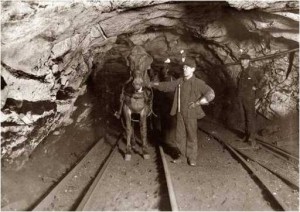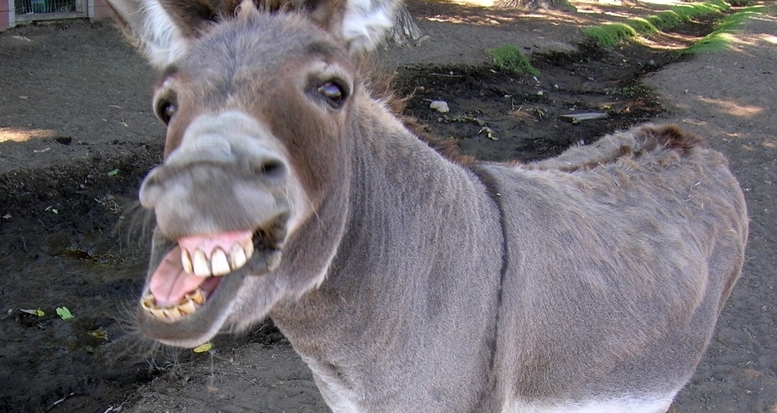- Donkeys in Egyptian Culture (~3000 BC)
Donkeys are very unique animals. They have this trait that allows them to conserve water in their bodies for longer periods of time than other ungulates. This would mean that they are adapting to the Sahara, and other desert climates (Bough, 2011). It was no coincidence that the Egyptians utilized donkeys to their advantage; it was one of the only animals that could survive their harsh conditions.
At one point in early Egyptian history, donkeys were viewed as wealth: the more you donkeys you owned, the wealthier you were (or came off as in society). Some significant Egyptians, such as a dwarf named Seneb (he was a high ranking official in the military, pictured right), had their wealth written in their tombs; “12017 donkeys, 10200 female animals.” Owners were even taxed (heavily) on their beasts of burden. (The Donkey, 2013)
 (Seneb)
(Seneb)
http://tipsdeviatges.blogspot.com/2010/12/egipte-2010-08-del-museu-egipci-de.html
Donkeys were also a big part of the Egyptian military. They would pull carts, transport goods and weapons, as well as be used for meat at necessary times. The Egyptians praised these animals highly, and as shown in this painting, their art is heavily influenced on the ass.
They would pull carts, transport goods and weapons, as well as be used for meat at necessary times. The Egyptians praised these animals highly, and as shown in this painting, their art is heavily influenced on the ass.
2. Donkeys in the Bible
Domesticated asses were the common riding animal in the Old Testament, as they always spoke of important people using the donkey to travel vast distances. However, they were also highly valued for use by women as well. More specifically, the white ass was a special mark of rank and dignity: Abigail rode on her [white] ass to meet David, and Deborah confronted the judges, “Speak ye that ride on white asses, ye that sit in judgement,” (JUDGES 5:10). (Clutton-Brock, 2012)
3. The Mining Donkey
Go back to 1492, when Columbus “sailed the ocean blue. He set sail looking for an alternate route to the Spice Islands. Upon accidental arrival in the Americas, many historians would argue this trip, along with other Spanish trips to the Americas, were some of the biggest contributions to the New World the Spanish made. Why?- Simple, they brought along donkeys with them in their travels. They went to both North and South America- North-eastern Brazil (where the donkey remains the most valuable domestic) and Mexico. (Bough, 2011)
Since then the donkey has been used in many ways in the Americas, But one of its primary uses was in the mineral-rich mining tunnels of the Americas. The mountains of Peru became home to the donkey, where, along with llamas and human slaves, these donkeys were used to carry silver ore out of the mine at Cerro de Pasco. This was a very rich mine, and was the first example of donkeys being used in the mining industry, which set the bar for many other scenarios. (Bough, 2011)
The mountains of Peru became home to the donkey, where, along with llamas and human slaves, these donkeys were used to carry silver ore out of the mine at Cerro de Pasco. This was a very rich mine, and was the first example of donkeys being used in the mining industry, which set the bar for many other scenarios. (Bough, 2011)
The first Spanish colonizers of the U.S. took mules and donkeys into the mines of the Rio Grande, where in the south-west donkeys came to be most closely associated with miners and prospectors (Bough, 2011). Donkeys became the prospectors best friend, they would spend weeks alone together, to the point where the donkey wouldn’t need a lead rope; it would follow its owner. These were the perfect companion for the lonely lives of miners and prospectors. http://www.btewest.com/Mining%20Pics.htm
At this time in the North and South American societies, donkeys were one of the main parts of their economy. They contributed in so many ways, whether it be agriculture, transportation (globalization), or within the mining industry. Resources from the ground were some of the main exports for these new colonies and countries, and the donkey aided the distribution and globalization of these products.
1 Comment
Leave a Reply
You must be logged in to post a comment.


September 6, 2021 @ 3:16 am
cool.